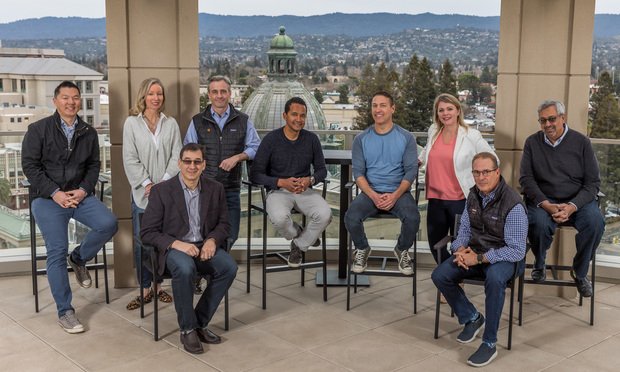This is an HTML version of an article that ran in Real Estate Forum. To see the story in its original format, click here.
When the US economy began recovering in July 2009, investment flowed into gateway markets like New York, San Francisco and Houston. But many others, especially in the Midwest and across the Sunbelt, made slow progress without quite achieving liftoff. Recently, however, the recovery has taken hold over a much broader region.
Recommended For You
Want to continue reading?
Become a Free ALM Digital Reader.
Once you are an ALM Digital Member, you’ll receive:
- Breaking commercial real estate news and analysis, on-site and via our newsletters and custom alerts
- Educational webcasts, white papers, and ebooks from industry thought leaders
- Critical coverage of the property casualty insurance and financial advisory markets on our other ALM sites, PropertyCasualty360 and ThinkAdvisor
Already have an account? Sign In Now
*May exclude premium content© 2025 ALM Global, LLC, All Rights Reserved. Request academic re-use from www.copyright.com. All other uses, submit a request to [email protected]. For more information visit Asset & Logo Licensing.








